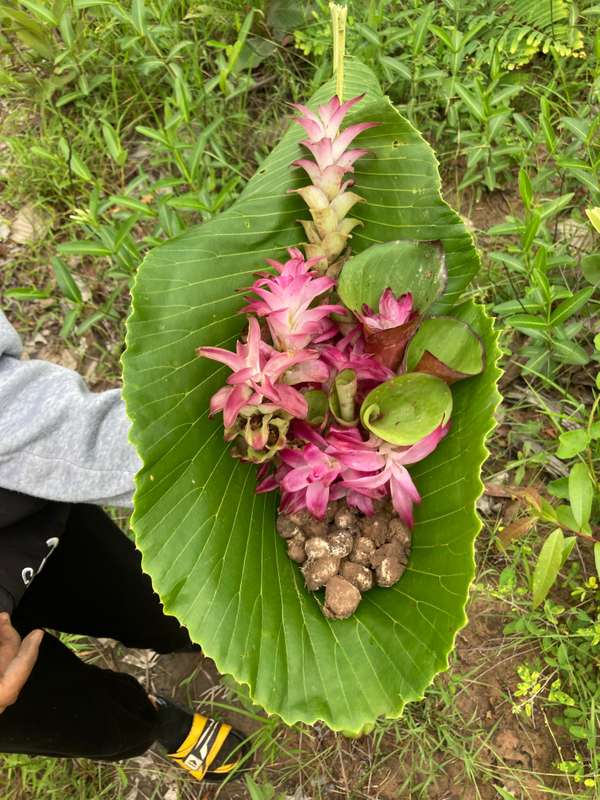ECHOcommunity Actualizaciones
Upcoming TAD Event Opportunities in April 2024 at ECHO North America! 2024-03-05
Please join us at ECHO North America during one or both of our upcoming TAD Events. Use the links to find out more information and/or sign up for the events.
East Africa Note 12 Now Available! 2024-02-27
In this issue
- Symposium Shared Lessons, Technologies, and Experience
- Expand and Strengthen the ECHO East Africa Network Member
- Transformative Impact of Internships on Young Individuals
- Support the Mission of Work Through Partnership/Collaboration
- Upcoming Joint Symposium in Juba, South Sudan
Symposium Shared Lessons, Technologies, and Experiences
Harold Msanya
Excerpt:
Grain has been stored in underground pits in North Africa and the Middle East for thousands of years. It is currently a common practice in Sudan, Somalia and Ethiopia. While underground storage pits have been in use since ancient times, they are still relatively unknown, but can be an attractive option for many. Storage pits offer the advantages of relative easy construction, low relative cost, safety from theft, good thermal insulation, and protection from moisture, rodent attack and insect infestation.
Research Update: Options for drying Moringa leaves 2024-02-20
ECHO staff have often fielded questions about ways to easily dry moringa leaves such as "Can you dry moringa leaves at room temperature?" It would be nice, especially if it’s raining outside, to be able to dry moringa leaves by simply placing them on a flat surface in your house. Will the leaves become moldy? Conditions that favor mold are high humidity and heat, combined with poor air circulation. Dr. Motis decided to try drying a handful of moringa leaves in his office since it is an air-conditioned space to see what would happen!
How do you dry moringa leaves? Please share your experience and knowledge with the wider ECHO Community!
MissionAssist shares literacy booklets through ECHOcommunity! 2024-02-13
MissionAssist produces a wide range of adult literacy booklets in four widely used languages: English, French, Portuguese, and Spanish. The booklets cover a range of subjects from health and hygiene to crafts, farming, and practical issues like simple construction techniques. MissionAssist is one of the more recent ECHOcommunity partners sharing content through ECHOcommunity.org and the ECHOcommunity mobile app so that they can serve an even larger audience.
ECHO places a high value on working with partners to 'reduce the friction' of discovering relevant resources quickly by indexing appropriate scientific and technical resources within ECHOcommunity.org. We are always interested in suggestions for new topics or resources that will benefit ECHO network members. Send any observations or suggestions to submissions@echocommunity.org
Early Bird Rate Extended to Feb 9th! Introduction to Tropical Agriculture Development Course 2024-02-06
ECHO North America | North Fort Myers, Florida
Register now to take advantage of the early bird rate and save! This course covers a broad range of topics relevant to those starting in agricultural development in a tropical environment. The purpose of this class is to expose attendees to several different ideas and concepts.
April 2-5 Register Today
This course is for those interested in preparing for short to long-term involvement in international agriculture development. Topics and discussions will focus on improved food security and agricultural livelihoods for small-scale farmers in developing countries. Participants will be introduced to the complexities related to poverty and community development. They will also be introduced to principles and practices that contribute toward maintaining healthy and productive soil as well as improved water management and crop production.
ECHO North America Regional Impact Center 2024 Training Calendar 2024-01-30
ECHO North America is excited to announce this year's 2024 training calendar. Please join us on the global demonstration farm this year as we learn and inspire together. Located in North Fort Myers, Florida, our training center contains 5 acres of sustainable agriculture demonstrations that act as a living classroom for people heading to the tropics. Our experienced trainers will walk you through topics related to smallholder production in the tropics, syntropic agriculture, agricultural design, and more! If you have any questions, please email study@echonet.org.
Updated Plant Information about Katuk 2024-01-23
After some questions came in from ECHO's network, our agriculture technical and seed bank staff have updated our Plant Information Sheet about kayuk (Sauropus androgynus). Katuk is a perennial green that grows well in lowland, warm regions of the subtropics and tropics. Its leaves are high in protein and taste similar to garden peas. It prefers partial shade and develops into a bushy shrub when the tips are harvested frequently.
Read the whole plant information sheet online
Notas Técnicas de ECHO #101: Carretilla de bambú de carga centrada 2024-01-16
Una carretilla estándar, con la rueda al frente, coloca cerca de la mitad del peso de la carga en el operador. Una carretilla de carga centrada coloca la rueda en el centro de la carga, desplazando el 90% o más del peso a la rueda en lugar de al operador. Esto permite que la carretilla se utilice para acarreo a distancia en caminos angostos. La carretilla de carga centrada es un antiguo diseño chino. La carga se colocaba alrededor y encima de una rueda grande (aproximadamente 1 m de diámetro). Esto permitía que los operadores transportaran cargas pesadas (incluidos pasajeros) por muchos kilómetros en senderos angostos. ECHO desarrolló un diseño que se ha modificado a una escala menor para utilizar una llanta de bicicleta.
EDN Número 162 Disponible Ahora 2024-01-09
Temas de Relieve:
- Cultivo en curvas de nivel y barreras vivas para pequeños productores
- Taro (Colocasia esculenta)
- Del Banco de Semillas de ECHO: Arroz secado en horno como desecante para secar semillas
- Libros, Sitios Web y Otros Recursos: Aplicación Móvil ECHOcommunity Mobile App – Gestión de recursos
Cultivo en curvas de nivel y barreras vivas para pequeños productores
Robert Walle
Extracto:
Muchas de las distancias recomendadas entre barreras son demasiado angostas para los pequeños productores. Esto resalta la necesidad de que las barreras produzcan algo de valor para el productor. Los productores deben considerar la agrosilvicultura y los cultivos forrajeros para alimentar a los animales. Los árboles ocuparán más espacio que la mayoría de los cultivos anuales. Aumentar estas distancias a fin de que sean más favorables para el productor es una modificación común.
Share what you know about SE Asia Wild Foods! 2024-01-02
Plant Planet Plate is a recently launched project in Oddar Meanchey Province, Northwest Cambodia by Dr. Ashley Thuthao Keng Dam, a medical anthropologist and a National Geographic Explorer and Green Shoots Foundation, a UK/Cambodian registered NGO running a permaculture farm and training space in Oddar Meanchey. Plant Planet Plate aims to celebrate and document foraging and wild-food knowledge in Cambodia and demonstrate that building resilient landscapes and understanding food history can improve food security and curb the impacts of climate change.
We feel this project is timely as Cambodia's rich biodiversity is at threat from climate change, loss of habitat, and changes in ecosystem. Documentation of species is limited and if any, has been orally passed down by elders, family members, and Khmer Traditional Medicine healers. However, the role these plants play in supplementing diets (particularly during COVID 19 for example) shows how important it is to not only begin recognizing the villagers, foragers, and healers as the true custodians of this knowledge but also preserve their word because it's contribution to the plant-world, conservation efforts and academia is unmatched.
In June 2023 the team comprising, Dr Thao, Muneezay Jaffery from Green Shoots Foundation, and Mr Sarin Sak, a local agronomist, set out in the vicinity of Samraong District of Oddar Meanchey Province to conduct 50 interviews with households on the wild-foods they gather, how they eat them, where they go forage and so forth. This information and other details of the plants will be compiled into a database that will be available in English, French, and Khmer as essays for the use of academics, plant enthusiasts, growers, and food enthusiasts.
At the end of the 50 interviews (around four weeks) we have around 125 names of plants in Khmer and we are now taking the step to find corresponding scientific names, common names, and plant families. So far, using various sources, we have around 40 scientific names for the plants and are looking to the ECHO Community to help us identify a few more!
One thing we know is that plants and biodiversity don't observe political/administrative boundaries. Many of the plants enjoyed in Cambodia would also be popular in Laos, Thailand, Vietnam and other countries in Asia. So we hope the ECHO Community from those regions and within the diaspora will help us verify names of plants and any other details they can provide.
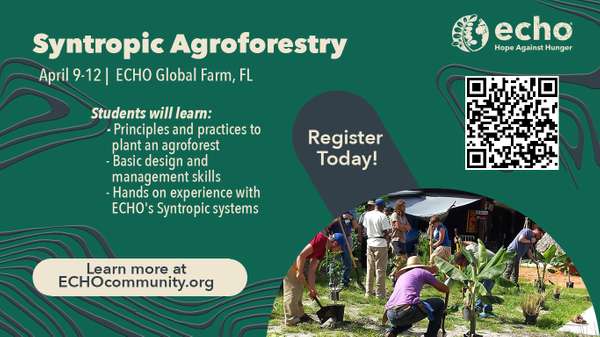
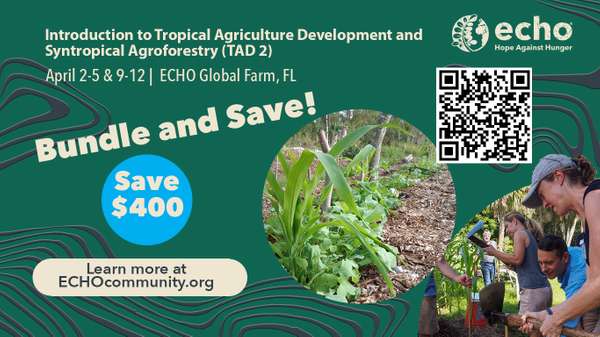
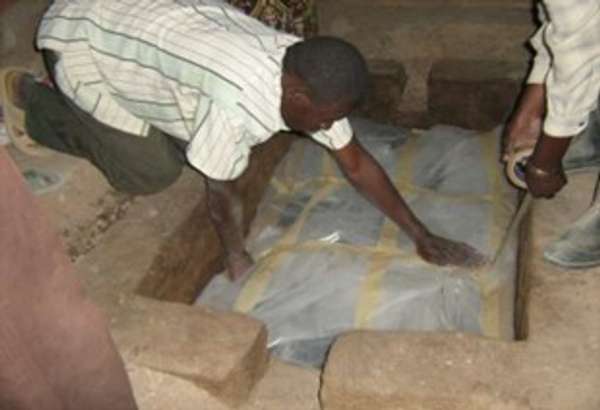

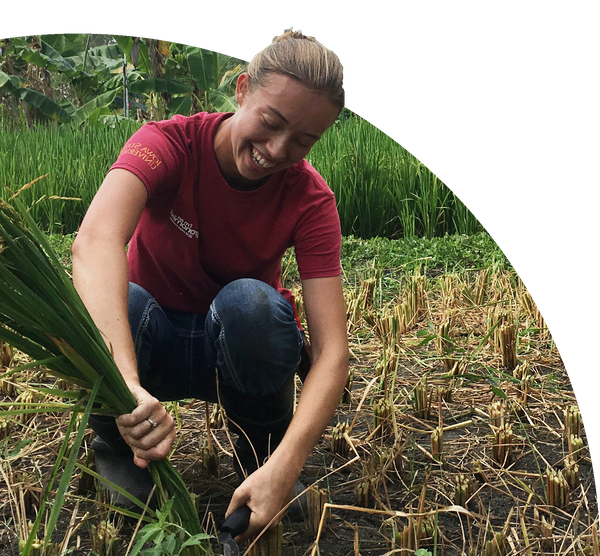
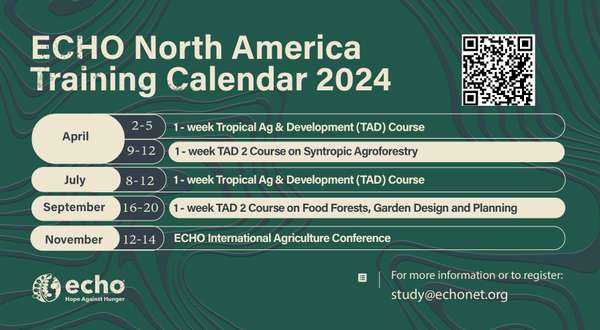
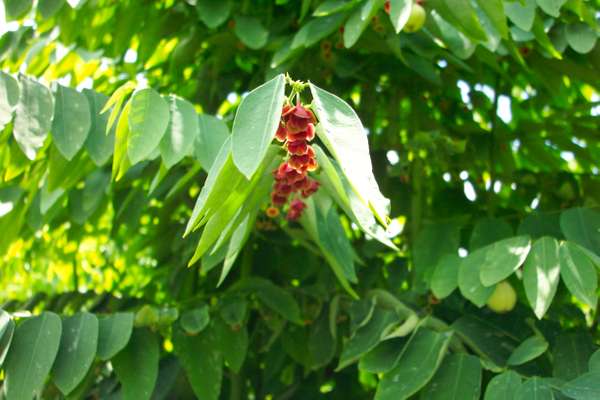
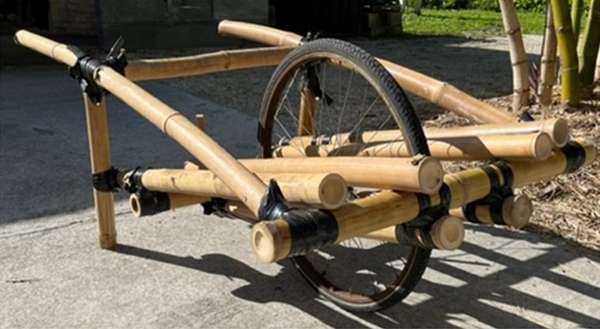
.png?w=600)
